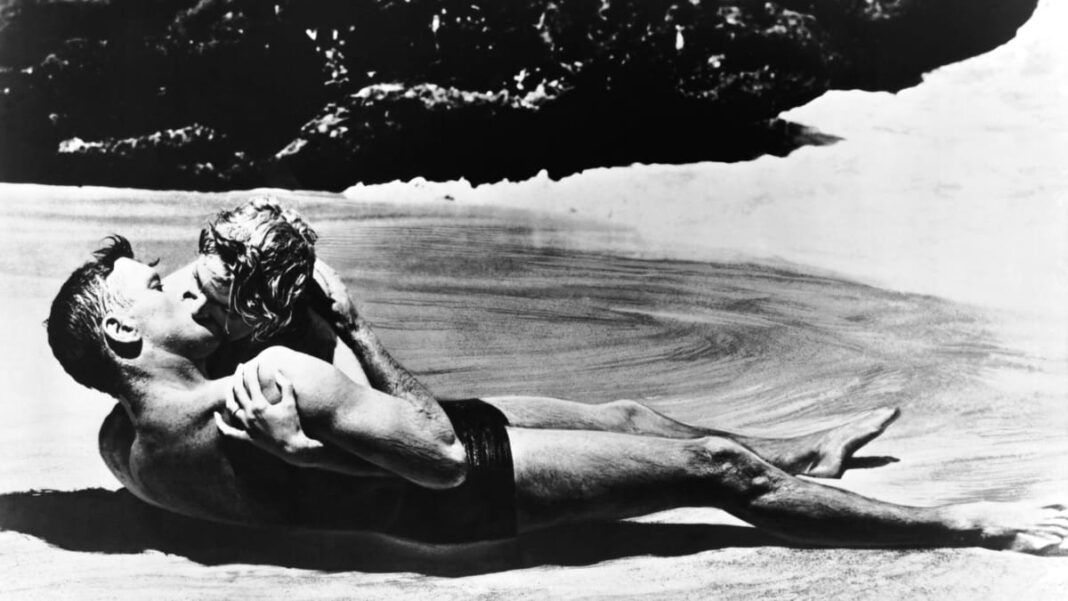When I was a child, I spoke as a child, I understood as a child, I thought as a child; but when I became a man, I put away childish things.
— 1 Corinthians 13:11-12
American light, low-calorie lager, which for all intents and purposes dates to the early 1970s, is one of the all-time greatest examples of pure marketing innovation, although as a style of beer, it is defined primarily by a series of negations: Little or no color, aroma, mouth feel, flavor or substance of any sort.
Consequently, the best imaginable name for an American light, low-calorie lager would be Wet Air*, which somehow has yet to be used commercially.
I’ve no idea why. Maybe AB-InBev holds a preemptive trademark.
Not only that, but almost always the alcohol content of a mass-market light lager is lower per unit, enabling consumers to drink more cans of Silver Bullet at a sitting, handily defeating any potential health benefits because they’re able to ingest more calories in aggregate than would have been accumulated from downing fewer cans of regular strength Coors Banquet.
American capitalism dearly loves the ol’ bait ‘n’ switch, and accordingly, the genre of light, low-calorie lager continues to be our national facsimile of choice, even amid the explosion of better beer over the past few decades.
I’ve always thought that the rise of Lite beer from Miller (the first nationally popular example) a half-century ago reflected several prevailing trends. For instance, recall that it was Richard Nixon who banned cigarette ads on television and radio in 1970 at the behest of public health advocates, helping to explain an opening wave of reduced calorie products in food and drink.
Concurrently, the largest brewing entities of the period were succeeding in a quest to consolidate the beer marketplace via merger, acquisition and attrition. For regional-sized breweries that managed to survive Prohibition, often family-owned entities, the result of competition with the heavyweights too often became exhaustion, impoverishment and impending extinction, none of which improved the quality of their end-game products.
Viewed in this context, Lite’s perennial “tastes great” boast was true insofar as a reliably flavorless character in beer was viewed by many, particularly under-aged beer-drinking aspirants like me, as an excellent recommendation.
That’s because I wanted to drink beer, but having been raised on soft drinks, couldn’t always cope with the rough-edged pungency of “full-flavored” beers during the post WWII era. Those emerging light lagers were like a crutch, or maybe a wet nurse.
(Not that teenagers were a target market for Big Beer, mind you — he said with a glance at the stock market and eyes merrily rolling.)
Verily the advent of light beer was a revolution, albeit a regressive one. After 50 years of light beer, we can look back and see first imports, then craft beer, as comprising a counter-revolution, or perhaps a restoration.
Either way, it’s almost impossible to remember the time before Lite became as much a part of the fabric of American life as bland white sandwich bread baked from the paste that your elementary school teacher used to warn you against eating … but what she didn’t tell you is that if you add water and ferment the paste, it becomes light beer, with all the character you would expect from such a concoction, which is none; this was the point then, and it remains the point now, and it’s easy to see why light beer became such a phenomenon.
I turned 21 in 1981, although bar visits had commenced a few years before that, and by the time I was of legal age it had become obvious that adolescents weren’t the only ones who’d been having issues with beers like Sterling, Wiedemann and Pabst.
One day it dawned on me that the old men at the old-school bars had abandoned their manly birthright beers and were drinking Lite, Bud Light and even Old Milwaukee Light. Price seemingly wasn’t the issue; if anything, they’d traded up and started paying more to cover the cost of Miller’s and Anheuser Busch’s television ads, reminding us that from the perspective of capitalism, the whole point of the light beer bait ‘n’ switch was less of everything except price.
In fact, all those years of deteriorating quality in regional beers finally had gotten to the old men, and when they realized that light beer was socially acceptable to their peers, under the rationalization that it was less filling, thus enabling them to drink even more beer than before, they fled their traditional brands as fast as their terminally damaged taste buds would carry them.
Better the nothingness of Wet Air than something terminally foul, and you could almost hear the sighs of relief in air-conditioned lounges and softball fields all across the nation.
At 21, light beer had a similar effect on me. Reduced beer flavor truly was desirable when compared with the odiousness of full flavor as everyday reality ordained it at the time, and in the absence of any other standard of comparison that might define full flavor in a positive fashion.
I was able to drink enough of light lager, and sufficiently often, to finally develop a taste for a sort of generic “lager beer flavor,” or those qualities helping to differentiate between beer, cola and orange juice, and which light beers do possess, albeit in ridiculously diluted form.
When those other stylistic choices started appearing at places like Cut Rate Liquors in Jeffersonville, and gradually became readily available as they are today, light beer as fill-in, temporary training wheels went straight into the trash bin where it belonged, and we got down to the business of reclaiming a beer heritage that had been lost in America.
There was a very literal wider world of beer – regrettably, one disappearing at the time faster than we could see – as defined and described by learned individuals like Michael “Beer Hunter” Jackson.
This diverse cosmos included German, Belgian, English, Czech, Polish and numerous other brewing traditions, some of which had informed the development of American brewing prior to the era of mass-market brewery consolidation that yielded adjunct-choked light, low-calorie lagers.
And, on the topic of wanton bastardization, have I mentioned that my next serving of “hard seltzer” will be my first?
—
* My first published use of “empire of the wet air” with reference to Lite came in the FOSSILS newsletter in the mid-90s after viewing the Ken Burns documentary film “Empire of the Air: The Men Who Made Radio.” It seems that writer William Least Heat Moon referred to it in a 1987 essay in The Atlantic called “A Glass of Handmade“: “‘Wet Air’ is the American light beer with an orthographic cuteness that … is its single claim to distinction.” Some combination of these sources surely led to my own usage, even if I cannot remember exactly. Cover photo credit from the film “From Here to Eternity” goes to The Daily Beast.
—
Previously at Hip Hops:
Hip Hops: The back story of Bock does NOT include the yearly use of steel wool



















 Roger Baylor is an entrepreneur, educator, and innovator with 42 years of beer business experience in metropolitan Louisville as a bartender, package store clerk, brewery owner, restaurateur, writer, traveler, polemicist, homebrewing club founder, tour operator and all-purpose contrarian.
Roger Baylor is an entrepreneur, educator, and innovator with 42 years of beer business experience in metropolitan Louisville as a bartender, package store clerk, brewery owner, restaurateur, writer, traveler, polemicist, homebrewing club founder, tour operator and all-purpose contrarian.


